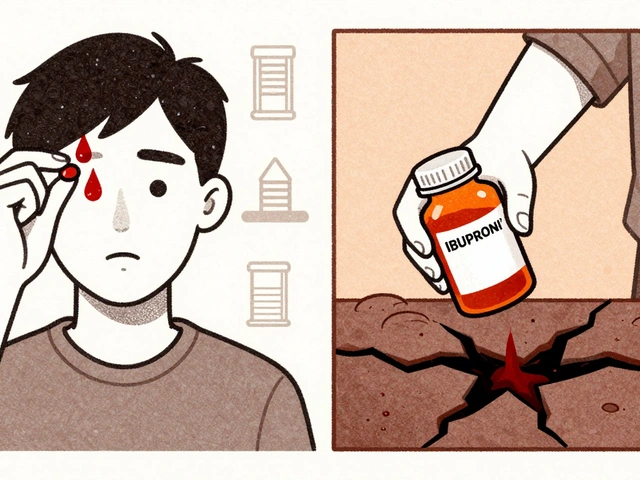Child Gut Health: What Works, What Doesn’t, and What You Need to Know
When we talk about child gut health, the balance of bacteria and function in a child’s digestive system that affects immunity, mood, and nutrient absorption. Also known as pediatric microbiome, it’s not just about tummy troubles—it’s the foundation of how kids grow, learn, and stay well. A healthy gut in children isn’t something you fix with a quick fix. It’s built over time through food, sleep, movement, and how we handle stress—even in little ones.
Many parents assume probiotics are the answer, but not all strains work the same. probiotics for kids, live bacteria supplements shown to help restore balance after antibiotics or diarrhea can help, but only if they’re the right ones. Lactobacillus rhamnosus GG and Bifidobacterium infantis have real data behind them for kids, unlike dozens of vague blends on store shelves. Then there’s digestive health children, the overall function of a child’s intestines, including digestion, absorption, and barrier integrity. It’s not just about pooping regularly. A leaky gut, constant bloating, or food intolerances can signal deeper issues tied to inflammation or immune misfires.
The gut-brain axis, the two-way communication system between the gut and the brain that affects mood, behavior, and even learning in children is real—and it’s powerful. Kids with chronic stomachaches often have higher anxiety. Kids with ADHD or autism sometimes show major gut imbalances. It’s not coincidence. What’s in their gut affects what’s in their head. And the reverse is true too: stress from school, family tension, or even poor sleep can wreck a child’s digestion faster than a sugary snack.
Antibiotics are a major disruptor. One course can change a child’s microbiome for months, sometimes years. That’s why we see more kids with eczema, allergies, or frequent infections after repeated antibiotic use. But antibiotics aren’t the enemy—they’re tools. The key is knowing when they’re truly needed, and what to do after. Fiber matters too. Kids need real food: vegetables, fruits, legumes, whole grains—not just gluten-free snacks or fruit snacks with added sugar. Fermented foods like plain yogurt, kefir, or sauerkraut (if age-appropriate) can help, but they’re not magic pills.
There’s no single supplement, diet, or hack that fixes everything. But there are patterns. Kids who eat diverse foods, get outside daily, sleep well, and aren’t constantly on screens tend to have stronger, more resilient guts. It’s simple, but it’s not easy. And it’s not always obvious. That’s why this collection brings together real comparisons and practical guides—not opinions, not ads. You’ll find clear breakdowns of what works for kids with chronic tummy issues, how to choose safe supplements, what to avoid after antibiotics, and how to spot when a gut problem might be more serious than it looks.
What follows isn’t theory. It’s what parents and doctors are actually using—tested, compared, and explained without jargon. Whether your child has occasional constipation, food sensitivities, or you’re just trying to build a stronger foundation for lifelong health, you’ll find answers here that cut through the noise.

- Sep 30, 2025
- Posted by Cillian Osterfield
Understanding Chronic Idiopathic Constipation in Kids: Signs, Symptoms & Treatment Options
Learn how to spot chronic idiopathic constipation in children, understand its symptoms, and explore effective treatment options from diet tweaks to safe laxatives.
Categories
- Health and Wellness (57)
- Medications (38)
- Health and Medicine (22)
- Pharmacy Services (10)
- Mental Health (5)
- Health and Career (2)
- Medical Research (2)
- Business and Finance (2)
- Health Information (1)
Latest Posts
©2025 heydoctor.su. All rights reserved





